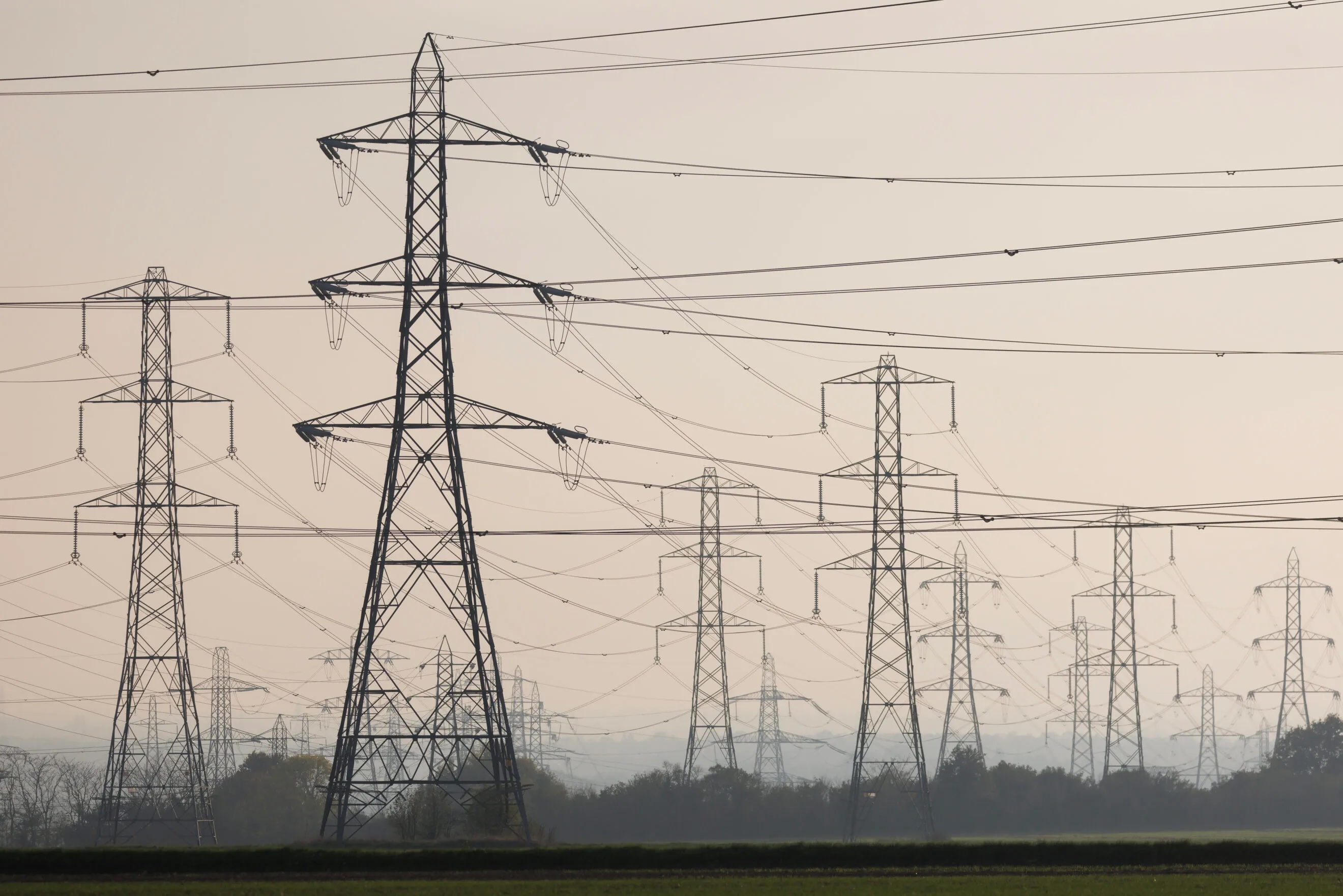Report
Invisible Constraints
The Economic Impact of Limited Grid Capacity Visibility
 Download Report
Download ReportThis report estimates the annual economic cost of poor grid capacity visibility across Great Britain. It quantifies the costs across four categories: delayed and deterred investment, inefficient reinforcement, higher system balancing and constraint costs, and additional developer costs, and proposes specific data reforms for Government and Ofgem to close grid data gaps and improve capacity visibility.
Ofgem and the electricity networks have been improving network capacity visibility and much of the data required is already available. However, critical gaps remain that make accurate grid capacity assessments challenging.
The UK’s ability to capture growth from AI and electrification is limited not just by physical grid capacity, but by poor visibility of where usable capacity exists at node and asset level. This leads projects to cluster on constrained parts of the network while spare capacity elsewhere is missed.
This paper estimates the annual economic cost of poor grid capacity visibility across Great Britain for connections from 11 kV to transmission, covering data centres, EV hubs, utility solar, grid-scale storage, electrified heat, commercial and industrial real estate, and public estates. We quantify four cost categories: 1) delayed and deterred investment when usable capacity is unclear; 2) inefficient network reinforcement from sub-optimal siting; 3) higher system balancing and constraint costs; and 4) extra developer costs from churn, rework and land negotiations.
The central estimate of the total annual cost is £2.71 billion (range £1.25 - £4.69 billion). Delayed and deterred investment and reinforcement inefficiency dominate, at £1.20 billion and £1.08 billion in the central case. System balancing adds £133 million and developer costs £302 million. These costs are ultimately passed through to consumers via higher bills and lost or delayed growth.
The core problem is that developers cannot see up-to-date, machine-readable data on capacity, contracted queues, timed reinforcements or feasible ramp and curtailment options at node level. As a result, siting and sequencing decisions are weaker, avoidable or oversized reinforcement is built, and application churn and redesign increase.
We recommend that Government and Ofgem prioritises closing the remaining data gaps needed for accurate grid assessments, with:
- a public commitment to identify and close all gaps within 12 months;
- a fast track for critical datasets within 3 months;
- robust accuracy assessments and audits;
- interoperability with common unique asset identifiers;
- reform of network data incentives so they focus on enabling access to underlying data rather than building proprietary tools.
Better capacity visibility will not remove the need for timely network investment, planning reform or queue changes, but it will cut delay and avoidable costs and help the UK capture more of the economic gains from AI and electrification each year.
Yottar is an energy-tech startup that is building a digital twin of the grid to inform better grid capacity assessments. To find out more please get in touch: hello@yottar.tech
Download Report Download Report
Download Report